The effects of yoga can be highly beneficial to every endurance athlete. From strength training to breathe work, the results obtained from practicing this time-honoured tradition are endless. The ability for at-home practice also means you'll be able to fit it into that tightly wound schedule without shuffling too many priorities around. We've spoken with elite triathlete and Näak ambassador Julie Beauchemin about the benefits of adding yoga to your endurance training regime. She had some fantastic insights to share with everyone!

It's well known, as an endurance athlete, your time is precious. The balance between training, work, family obligations, and trying your hardest to maintain friendships simultaneously can feel like an already overwhelming amount of tasks on your plate. Perhaps the thought of adding another item to that seemingly endless "to-do" list can be daunting. Still, if it's going to help your performance, we have a feeling you'll take some time.
Hint: Keep reading after the interview for some poses that you can try at home!
What kind of physical benefits can newcomers to yoga look forward to, and how have you found this helps you in endurance sports?
Julie: I really appreciate hot yoga when I practice it in a class, but I also enjoy the home practice. Yoga builds strength and flexibility. It also forces us to be more aware of our breath, which ultimately helps relax and calm the body and the mind.
People who practice yoga regularly notice that they are happier, have better focus and handle stress better. I truly believe that good stress management, especially close to a competition, is fundamental to every athlete. What I also like about yoga is that everyone can work at their own pace and intensity level. But for sure, holding advanced poses while fully engaging your body is going to bring up that heart rate!
What are some tips you would give someone who is looking to get into yoga?
J: Being the least flexible person in the world is the best reason to try yoga! But really, don't worry if you can't touch your toes or balance on one foot. Flexibility will come with time. Patience is key, and progress will come.
If you are a beginner, try to find a nice studio close to your home and start with a regular class. It's important to understand the various poses, which muscle groups need to be properly engaged (or not), and a good yoga instructor should help you with that. Don't hesitate to ask questions to the teacher after the class.
Another good way to introduce yoga to your training regimen is to practice it at home. Nowadays, there are many good virtual classes available online and for free (Alo Yoga is a good one). They even offer specific movement sequences for runners and cyclists.
What are some of the mental benefits of practicing yoga, and how have you found this helps you in endurance sports?

J: To me, yoga is the best way to clear out my mind. Our mind is constantly working, racing from one thought to another, spinning around every possible scenario of an upcoming race or the next training session, dwelling on past events.
Yoga offers several techniques to give us the proper tools to tame the mind. One of these tools is breathwork. Every breath is tied inextricably to the present moment; you are not breathing in the past or in the future, but only right now, in the present.
To me, focusing on each inhale and each exhale without being bothered by any other thoughts is one of the best ways to clear my mind. It is a simple meditation technique. Another tool would be posing.
To perform various yoga poses properly, your focus needs to be centred on this one simple goal. A goal that cannot be achieved with anything else on your mind.
Are there any yoga routines that can serve as a form of strength training?
J: An alignment-based vinyasa-style routine can be very challenging. This kind of practice focuses on linking the breath, the mind and the body within the poses. All the muscle groups need to be engaged to keep your balance, and it becomes even more difficult when you hold the poses for longer. It's all about the core.
Practicing yoga regularly allows you to move your own body weight with a lot more control. On top of that, it helps you stretch your whole body and relieve some tension you may have built during a standard weightlifting session. In my opinion, yoga can be a great way to build overall strength.
Is yoga safe for athletes to practice when they are in training for a race?

J: I would suggest slowing down your yoga practice when your training volume is high. Slow it down a bit, and aim for easier sequences on the body, which still have great benefits for your mind.
A week prior to a race, I prefer to do simple sequences alone at home at my own pace. It helps me to stay focused and balanced. I never practice hot yoga at least a week before a race because I want to ensure that I have plenty of electrolytes and stay hydrated.
Note: To find out how many electrolytes athletes lose in sweat, Read Our Article on the subject. To find products to support your electrolyte intake, try our Ultra Energy™ bars. Specifically designed for endurance athletes, they help carry electrolytes during physical activity. A single bar contains 180 mg of sodium and 400 mg of potassium.
There are many different training methods for endurance sports. For some, the training process is simple. Practice your sport in the morning before work, and you're done.
For others, you are looking for every means possible to benefit your performance. This process comes from knowing that the most minor details can often make the most significant difference in perfecting what you love most.
It's our hope that the information in this article can give you an insight into an addition to your training program, one that we've found extremely beneficial.
Yoga is simple to practice and doesn't require any special equipment. It is also easy to fit into your schedule, so there are few reasons not to try it out!
Below are some yoga poses for any athlete looking to improve their performance:
Downward Facing Dog - This position strengthens the hamstrings and the lower back. It also works the quadriceps, trapezius muscles, adductors (thighs), and your core.
Upward Facing Dog - This invigorating backbend opens the chest and shoulders and strengthens the arms and legs. It also stretches the ankles and hip flexors, providing a clear asset to every endurance athlete.
Crescent Lunge - This dynamic standing pose utilizes the full body and stretches the hip flexors and chest muscles. The strengthening effects on the lower body provide additional stability and balance to athletes.
Pigeon Pose - This pose focuses primarily on stretching the hip abductors (outer hips/glutes), hip flexors, and the lower back. This pose is known to alleviate stress and worries due to the strong emotional value of the hips.
Savasana (Corpse Pose) - This pose may be one of the hardest for endurance athletes. Even though you appear to be doing nothing, this pose gives you a chance to relax your mind, calm your heart rate, and force yourself to breathe. You push yourself forward constantly when you are an athlete. Practicing this pose is all about honouring the tradition of rest and recovery. To achieve a new PB, to train for the next race.



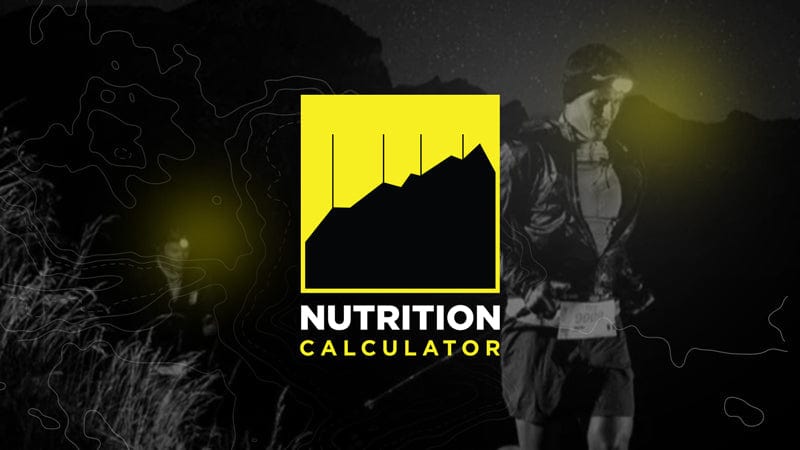
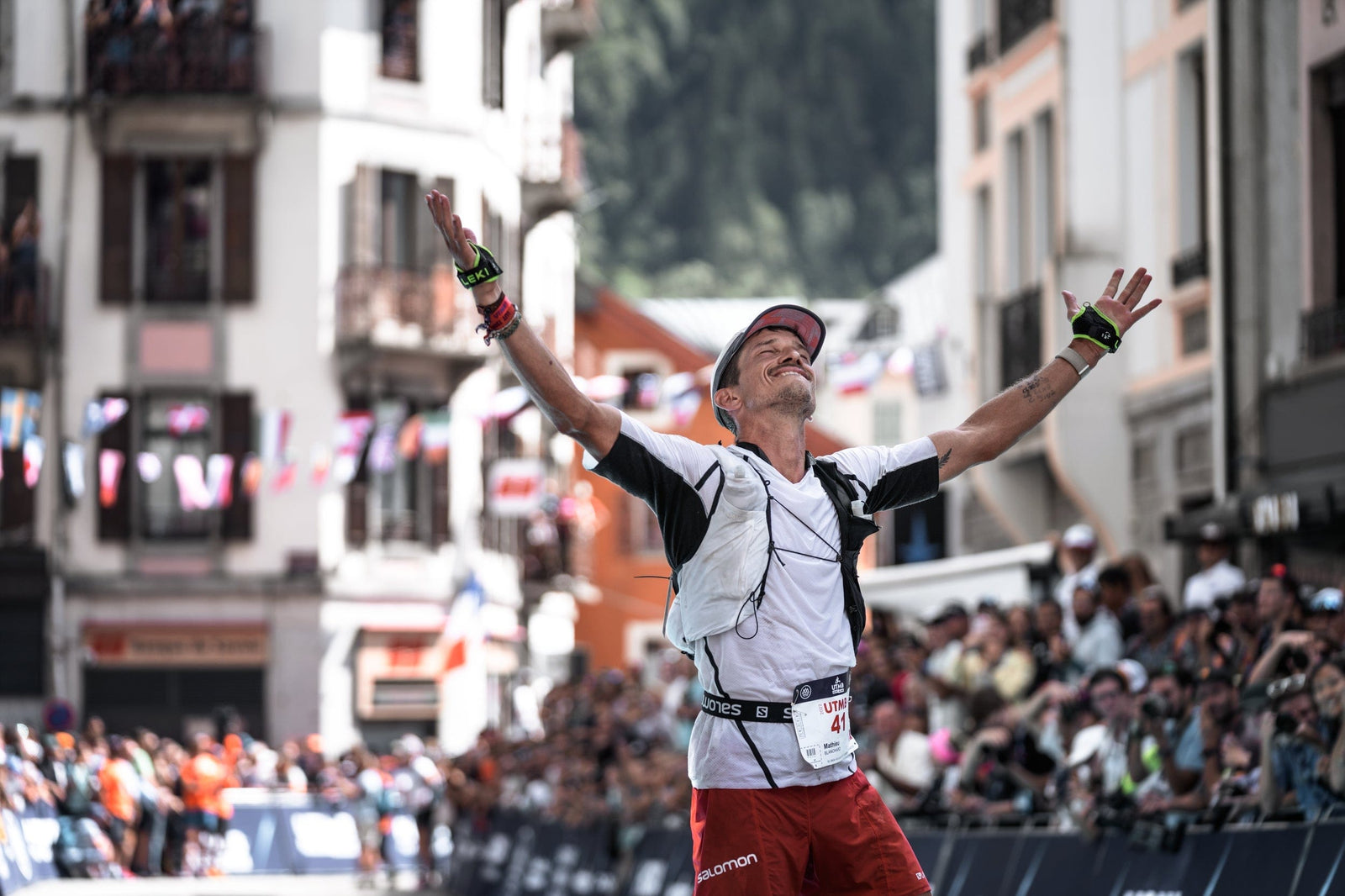




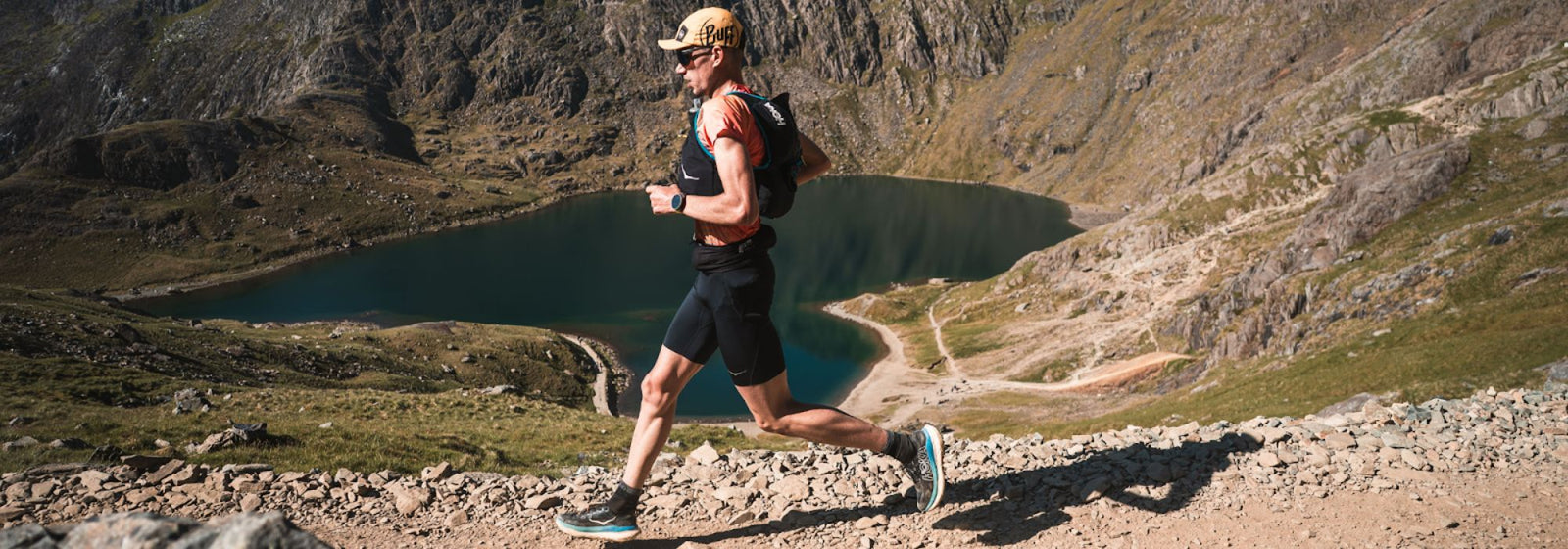



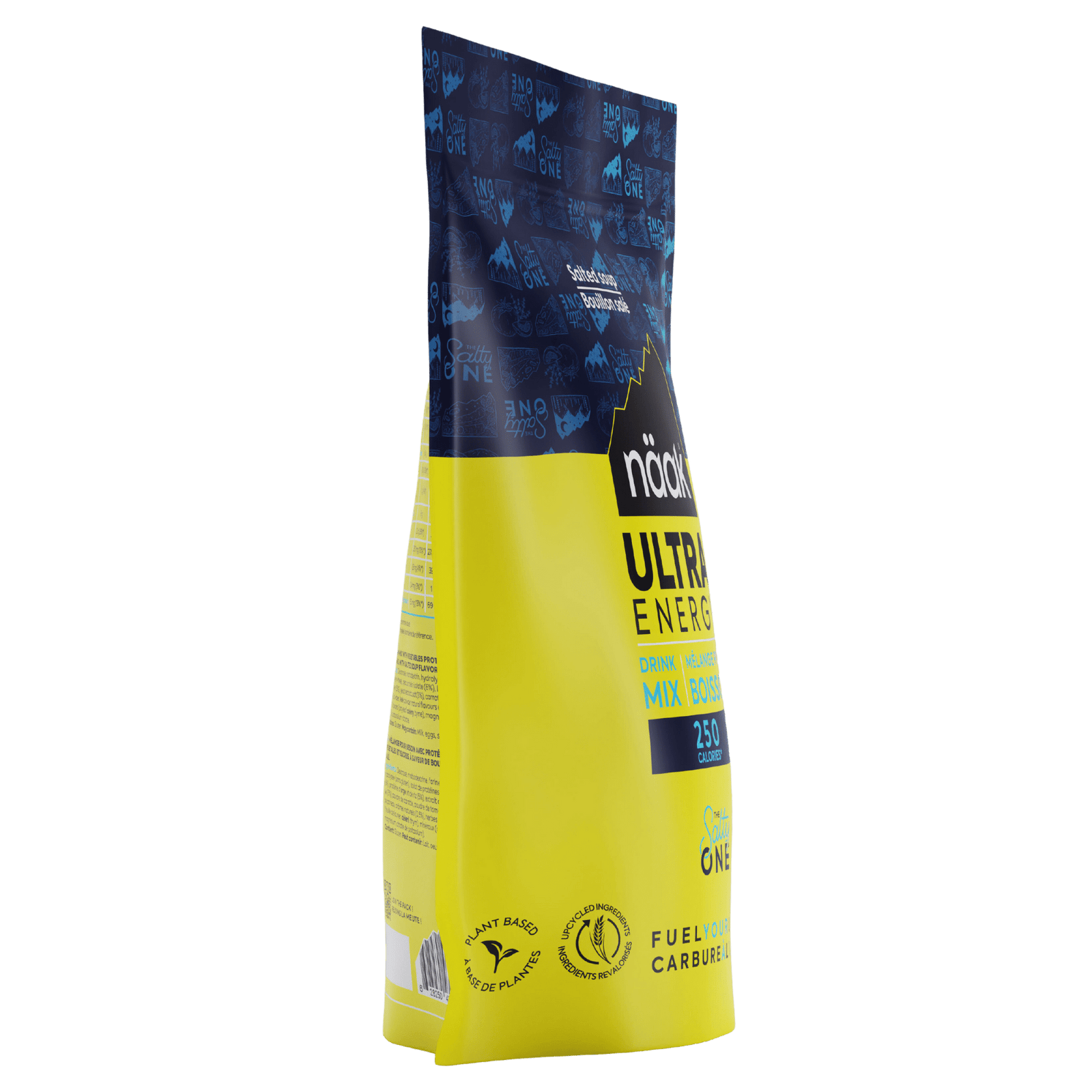
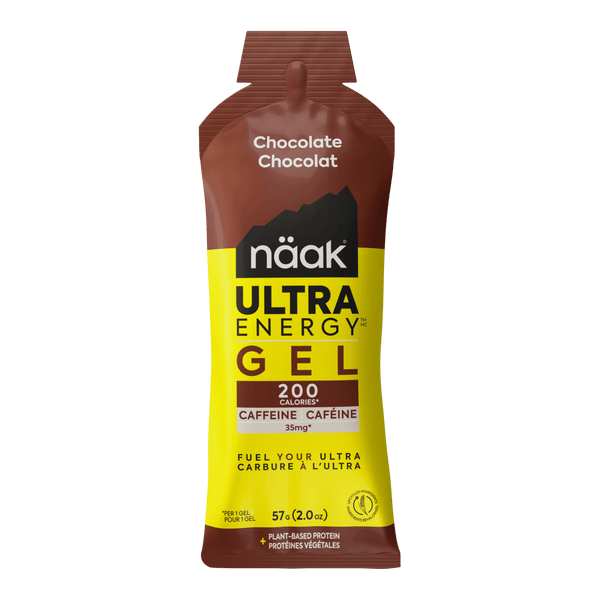

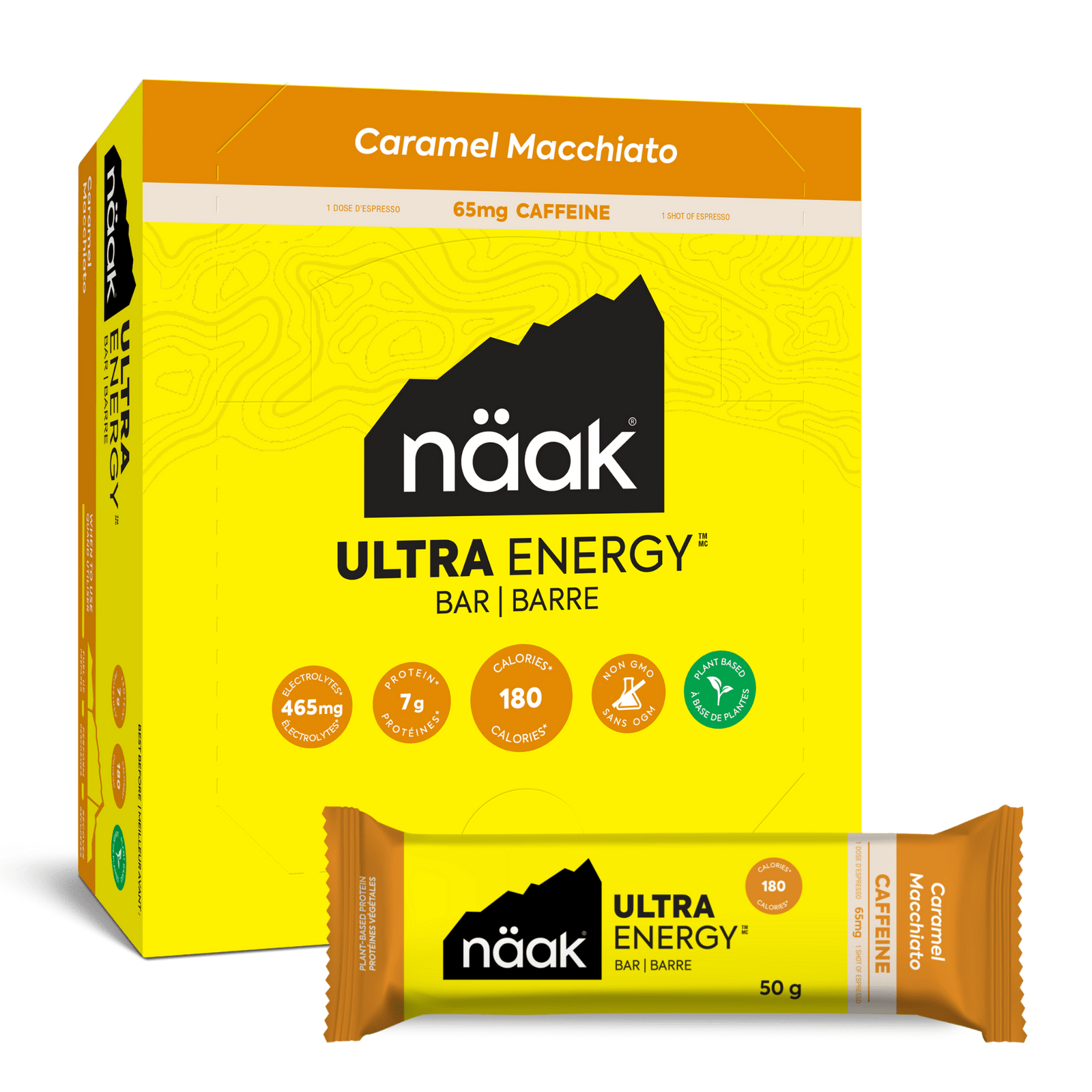
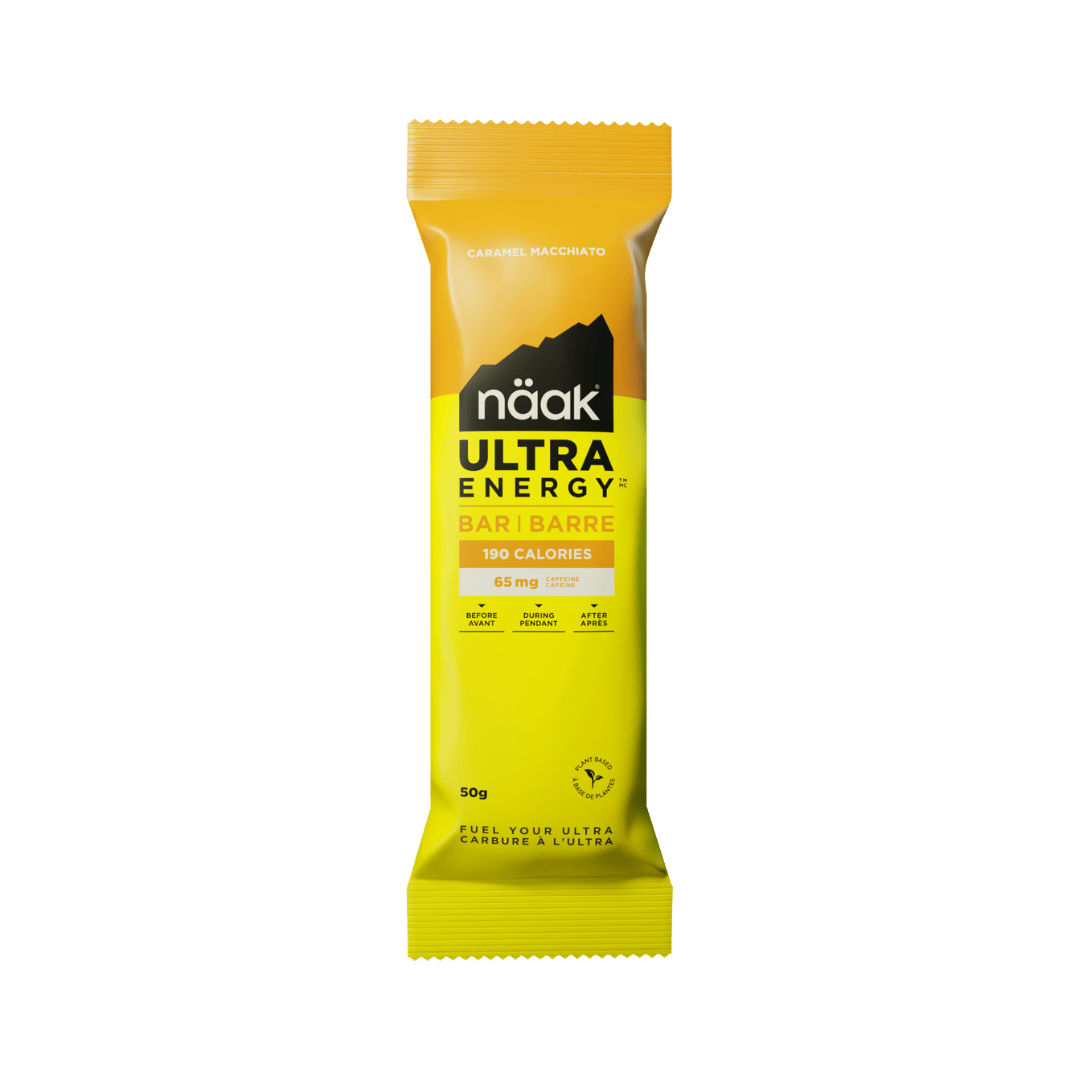
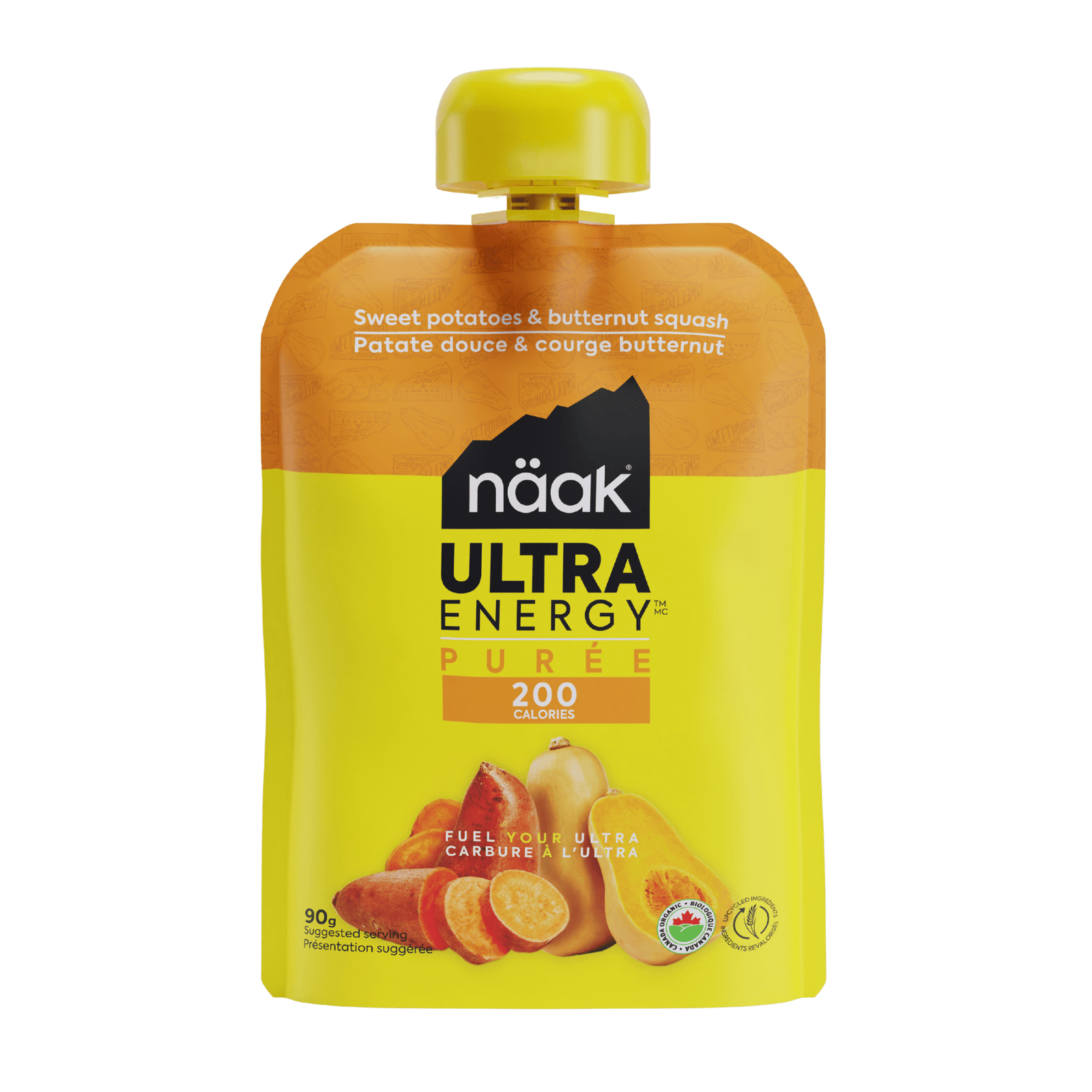

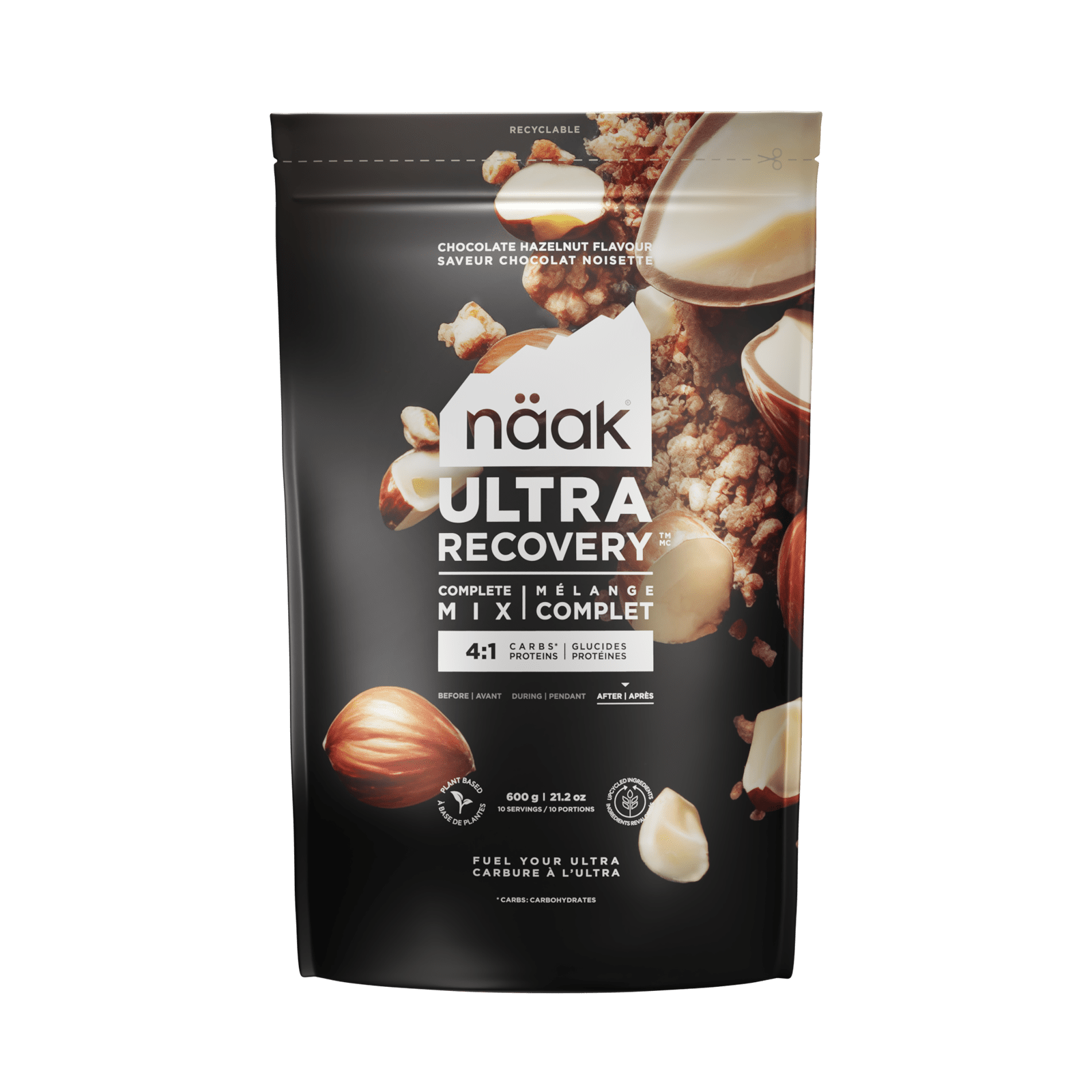

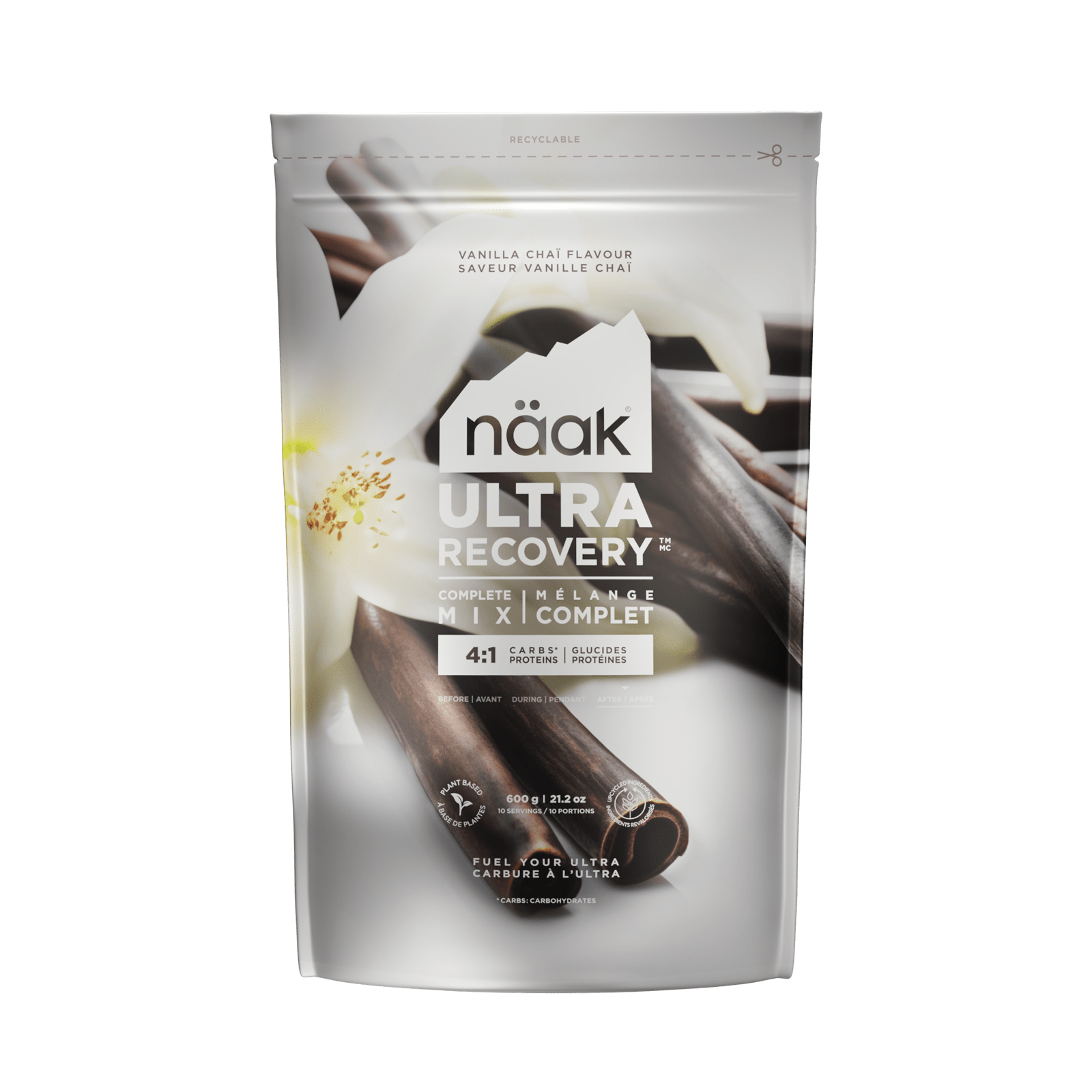
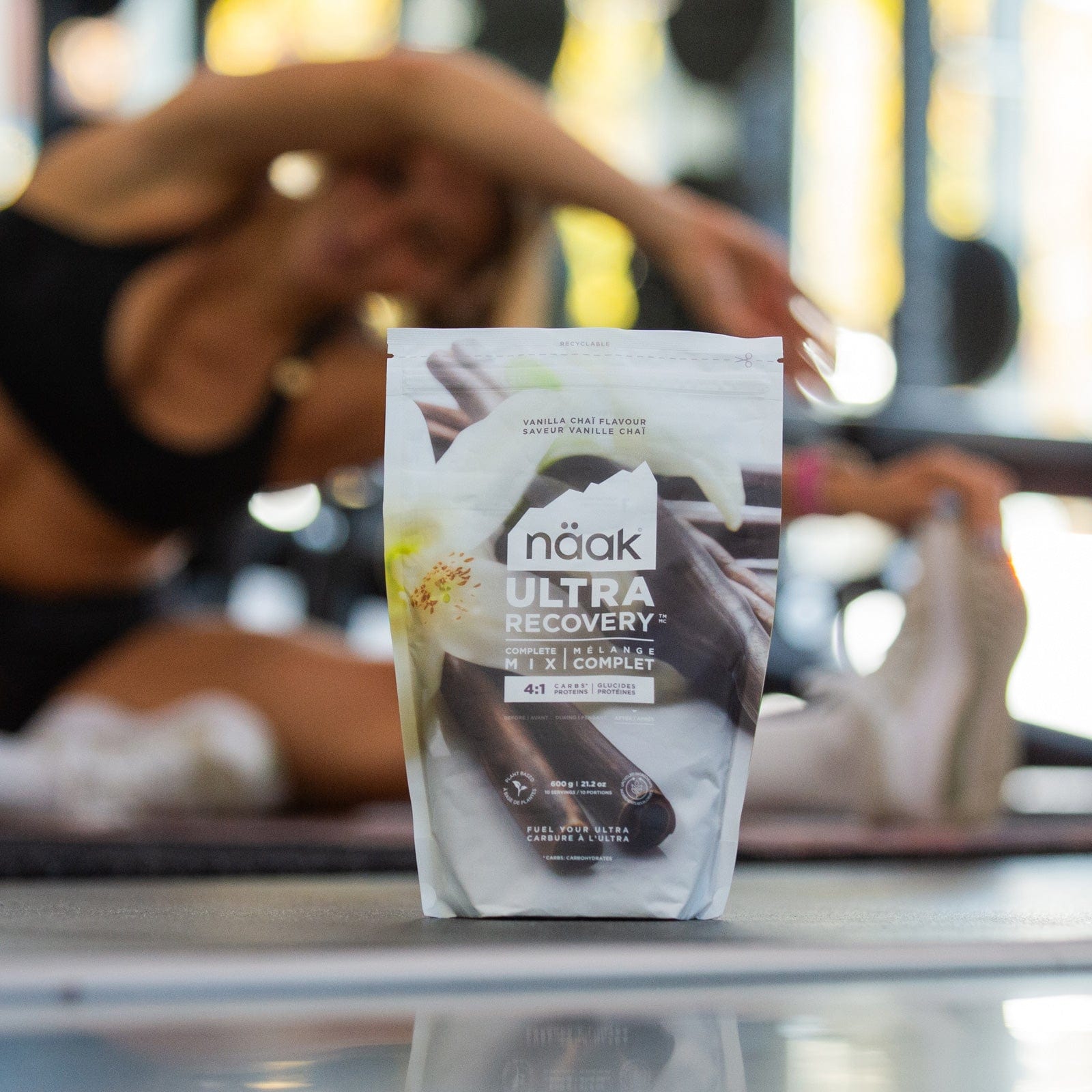
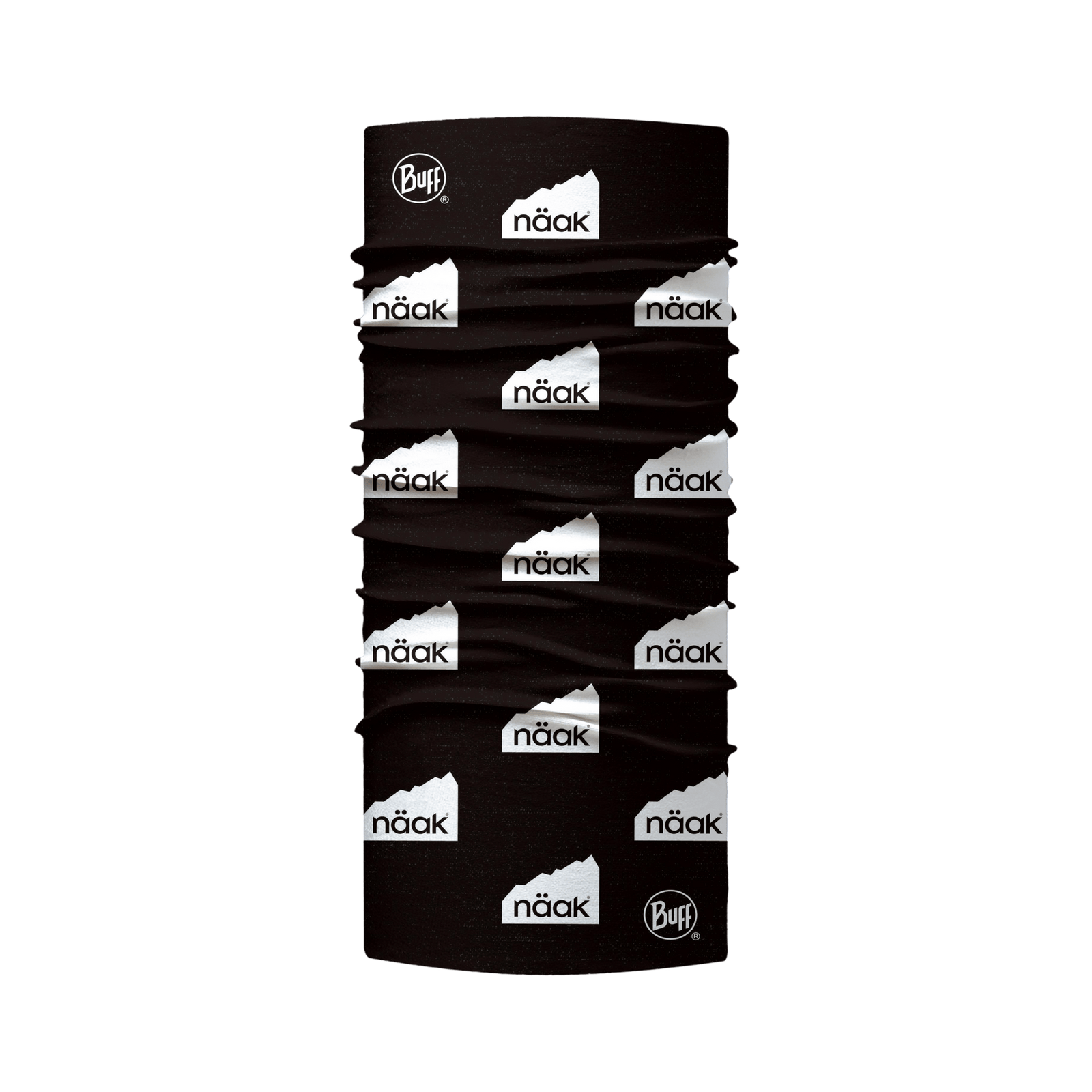
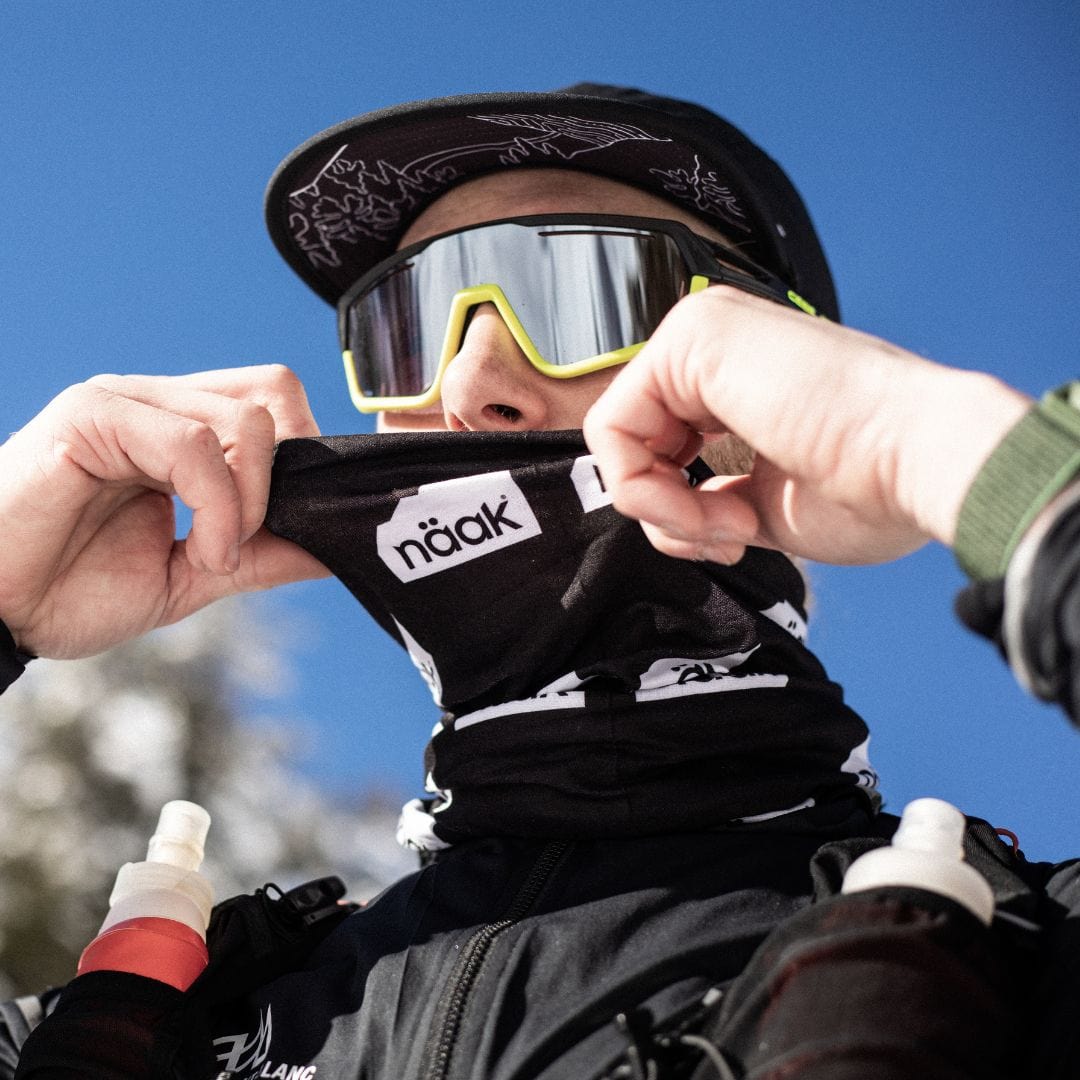
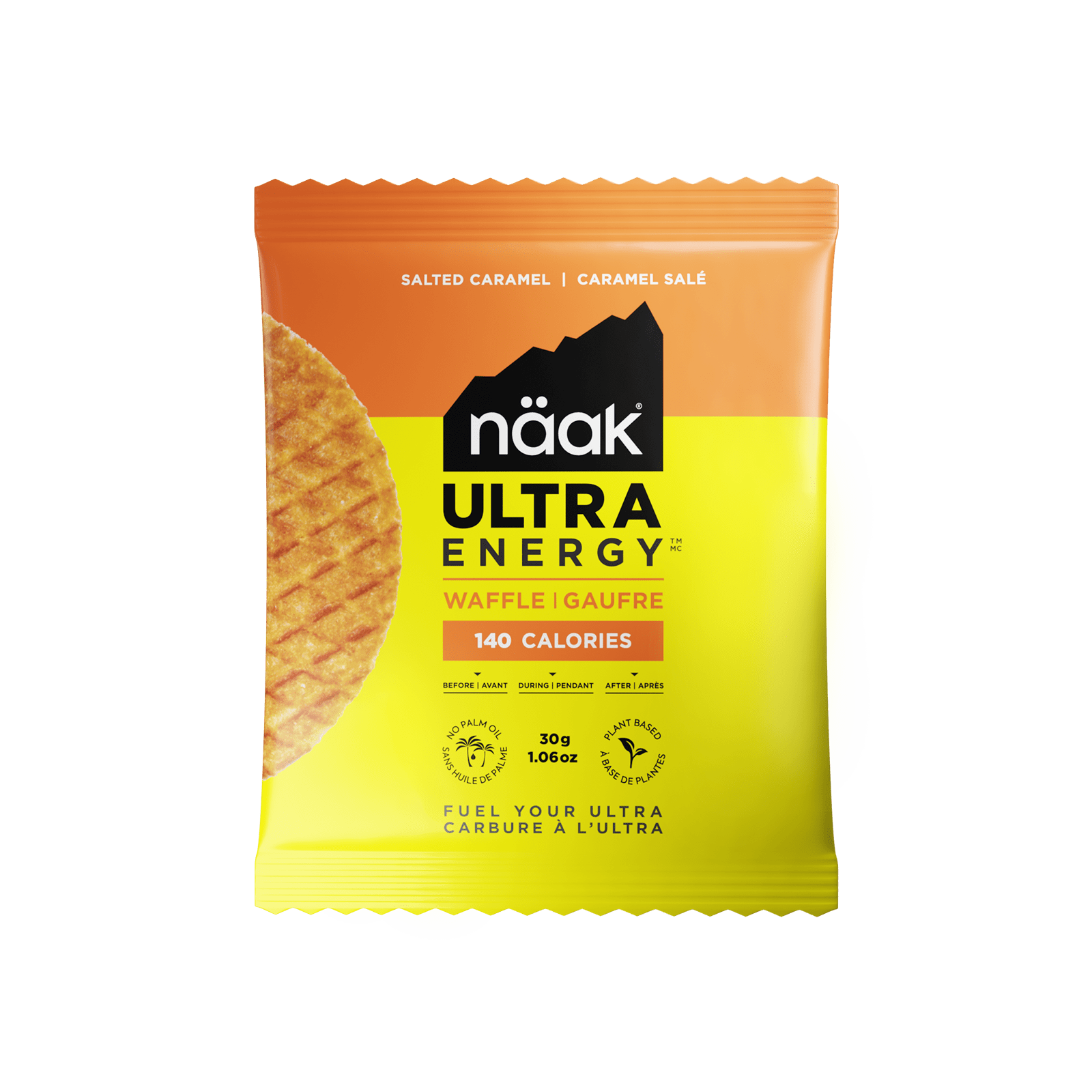
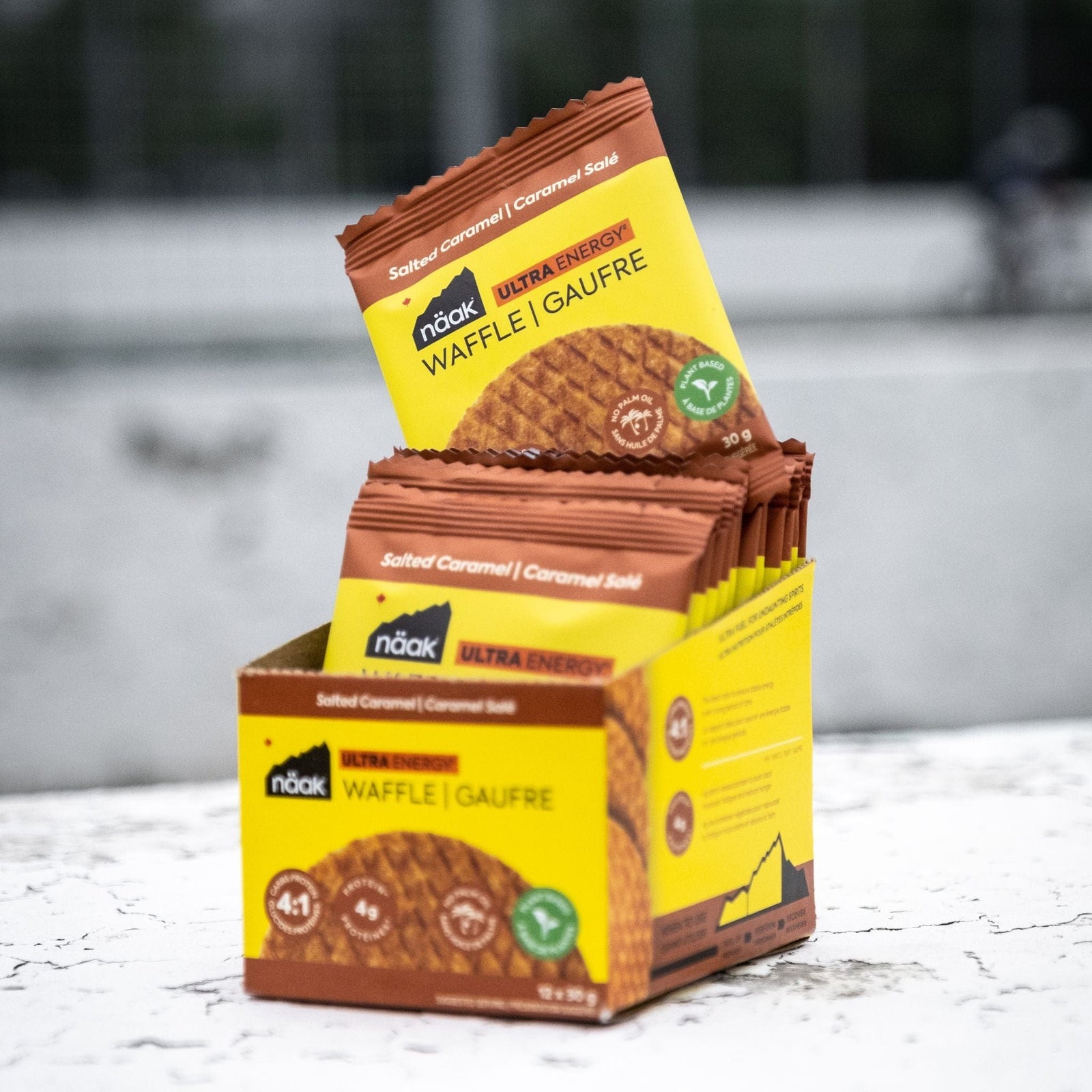


Leave a comment (all fields required)